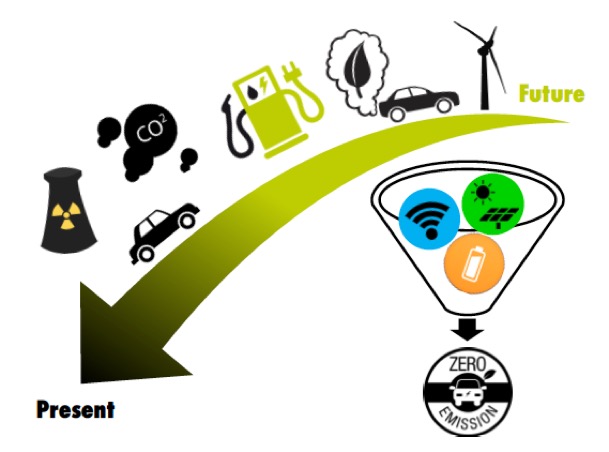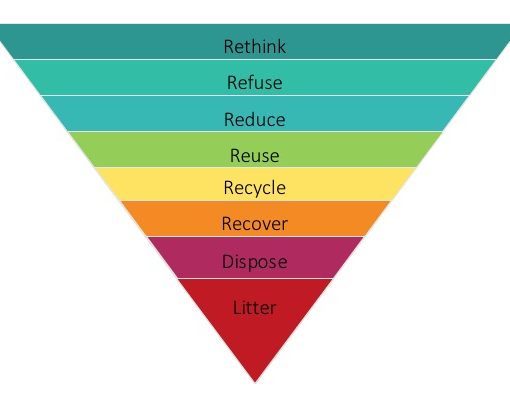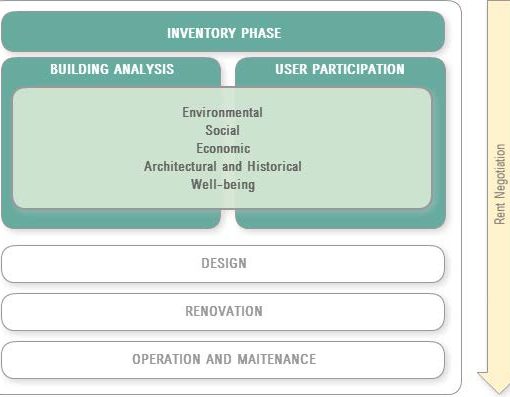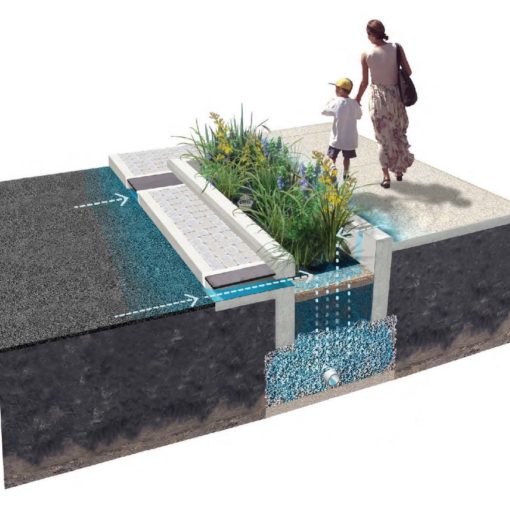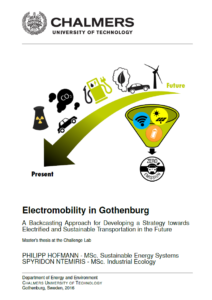
Applying sustainable development in the urban transportation system demands a transformative and integrative intervention in many different areas. In this thesis two successive processes, Phase I and Phase II, were conducted in order to investigate opportunities for sustainable development in the urban transport system. During Phase I the research question of this thesis was formulated and during Phase II it was investigated and answered.
The main purpose of this study is to demonstrate a way of co-creating a strategy for scaling up electromobility in the city of Gothenburg by implementing the backcasting methodology in a participatory multi-stakeholder environment. The sequence of steps of this methodological framework can be seen as a proposal of an approach when future strategy studies are required for solving similarly complex challenges and therefore may be adopted and adjusted.
By collecting data through literature reviews and by interviewing local triple-helix actors (the public, private and academic sector) a picture of the current transportation system is given. This analysis generated a set of barriers for the diffusion of electromobility in the city of Gothenburg. Most noticeably, the immaturity of electromobility, the need for standardisation of the charging infrastructure and the need for visible showcases of electromobility solutions stood out amongst other barriers.
In the next steps, an attempt to reduce the uncertainties of the future, scenario design is applied and the most sustainable scenario is chosen, where proactive policies and a collaborative transport behaviour co-exist. In parallel, solutions and concepts in form of policy and technology measures for overcoming the aforementioned barriers are designed and quantitatively evaluated based on (1) their level of sustainability, (2) their ability to overcome the barriers and (3) their robustness in the proposed future scenario.
Finally, a strategy path is proposed depicting an interdependency among technology, policy and society in the short-term (2016-2025) as well as the long-term (2025-2050). For that a stakeholder dialogue was conducted and the results acquired were used as input for building the strategy. In this strategy the final concepts, such as trialability programmes, standardised charging infrastructure and the development of a common vision and strategy, are included.
It is ultimately concluded that applying a participatory backcasting methodology is highly appropriate when co-creating s strategy to overcome complex sustainability challenges. Furthermore, it is important to take into consideration the interplay between technology, policy and society and how they influence each other when developing a strategy for the future. Moreover, policy measures that aim at a mental shift for the users are considered of high priority, therefore they have to be in the short-term. Last but not least, merging isolated actions from stakeholders attempting to scale up electromobility into cross-boundary collaborations under a common vision and strategy is essential in order to accelerate the phasing-out of fossil fuel based transportation.
© PHILIPP HOFMANN & SPYRIDON NTEMIRIS, 2016.

